DOA Estimation Dataset
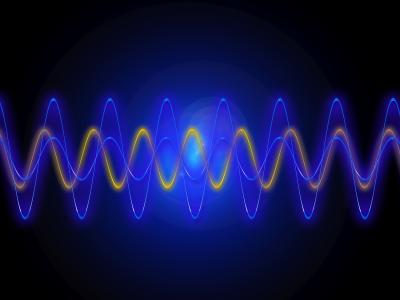
- Citation Author(s):
-
Duy-Thai Nguyen (Academy of Military Science and Technology)
- Submitted by:
- Thai Nguyen
- Last updated:
- DOI:
- 10.21227/fgbv-st44
- Data Format:
 855 views
855 views
- Categories:
- Keywords:
Abstract
The experimental measurement model includes the transmitter, receiver and signal processing parts:The transmitter part includes 1 antenna, capable of transmitting signals at a frequency of 1090 MHz.The signal supplied to the transmitting antenna is generated by the FMCOMMS5 transceiver circuit.To generate the transmit signal, a Matlab program is implemented on the computer to control the FMCOMMS5 circuit through the ZC706 FPGA board.The control process is transmitted via Ethernet communication using a LAN (Local Area Network) cable.Specifically, the signal is generated in the Matlab program at the baseband of 100 kHz, the carrier frequency is set to 1090 MHz.The process of raising the frequency from 100 kHz to 1090 MHz is done inside the AD9361 chip.The transmission of the 1090 MHz frequency signal by the transmitting antenna is carried out continuously.The transmitting antenna is placed at a distance of 3.0 m from the receiving antenna.This distance ensures the transmitter source is in the far field with respect to the four-element receive antenna array.
The receiver part consists of four Vivaldi antennas, connected to the four receiver channels of the FMCOMMS5 circuit by four high-frequency coaxial cables with SMA connectors.Vivaldi antennas are placed at a distance of λ/2, which is 13.76 cm with an error of about 0.2 cm.As shown in Figure 3.15, receiver channels Rx_1, Rx_2 are connected to AD9361_1, receiver channels Rx_3, Rx_4 are connected to AD9361_2.These four receiving channels have the ability to synchronize phase with each other.The FMCOMMS5 circuit connects to the FPGA ZC706 control circuit through the FMC interface.Signal acquisition is also controlled by a Matlab program on the computer. The Matlab program will set parameters with a sampling rate of 20 MHz, the received signal will have a baseband of 100 kHz and the number of samples in one recording is 2000. Due to IQ, the received signalobtained from four channels will have size 4×2000 in complex number form.
The measurement process to create the data set is performed iteratively. Specifically, instead of having to move the transmitting antenna to different angular positions, this change will be done by rotating the array of four receiving elements around a symmetrical axis, with a protractor to determine the rotation angle. The value shown on the protractor is determined to be the correct angle value of the transmitting antenna. Note that the value read from the protractor may also contain errors, but they are very small. The measurement process is performed sequentially for angles from -60 to 60 degrees with a step of 1 degree.Each corner performs 1000 signal receptions, so the total number of received signals for all corners is 121000 signals, size 4×2000 in complex number form.Each received signal is saved to a file in *.mat format to serve further processing as well as verifying algorithms.
Instructions:
The experimental measurement model includes the transmitter, receiver and signal processing parts:The transmitter part includes 1 antenna, capable of transmitting signals at a frequency of 1090 MHz.The signal supplied to the transmitting antenna is generated by the FMCOMMS5 transceiver circuit.To generate the transmit signal, a Matlab program is implemented on the computer to control the FMCOMMS5 circuit through the ZC706 FPGA board.The control process is transmitted via Ethernet communication using a LAN (Local Area Network) cable.Specifically, the signal is generated in the Matlab program at the baseband of 100 kHz, the carrier frequency is set to 1090 MHz.The process of raising the frequency from 100 kHz to 1090 MHz is done inside the AD9361 chip.The transmission of the 1090 MHz frequency signal by the transmitting antenna is carried out continuously.The transmitting antenna is placed at a distance of 3.0 m from the receiving antenna.This distance ensures the transmitter source is in the far field with respect to the four-element receive antenna array.
The receiver part consists of four Vivaldi antennas, connected to the four receiver channels of the FMCOMMS5 circuit by four high-frequency coaxial cables with SMA connectors.Vivaldi antennas are placed at a distance of λ/2, which is 13.76 cm with an error of about 0.2 cm.As shown in Figure 3.15, receiver channels Rx_1, Rx_2 are connected to AD9361_1, receiver channels Rx_3, Rx_4 are connected to AD9361_2.These four receiving channels have the ability to synchronize phase with each other.The FMCOMMS5 circuit connects to the FPGA ZC706 control circuit through the FMC interface.Signal acquisition is also controlled by a Matlab program on the computer. The Matlab program will set parameters with a sampling rate of 20 MHz, the received signal will have a baseband of 100 kHz and the number of samples in one recording is 2000. Due to IQ, the received signalobtained from four channels will have size 4×2000 in complex number form.
The measurement process to create the data set is performed iteratively. Specifically, instead of having to move the transmitting antenna to different angular positions, this change will be done by rotating the array of four receiving elements around a symmetrical axis, with a protractor to determine the rotation angle. The value shown on the protractor is determined to be the correct angle value of the transmitting antenna. Note that the value read from the protractor may also contain errors, but they are very small. The measurement process is performed sequentially for angles from -60 to 60 degrees with a step of 1 degree.Each corner performs 1000 signal receptions, so the total number of received signals for all corners is 121000 signals, size 4×2000 in complex number form.Each received signal is saved to a file in *.mat format to serve further processing as well as verifying algorithms.


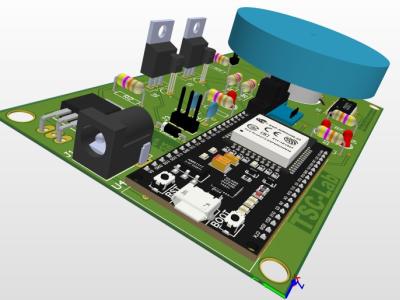

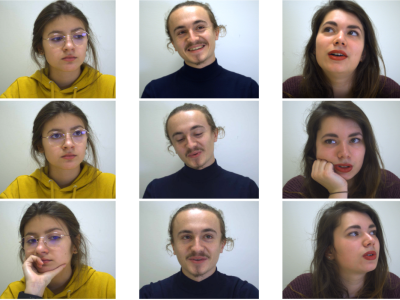

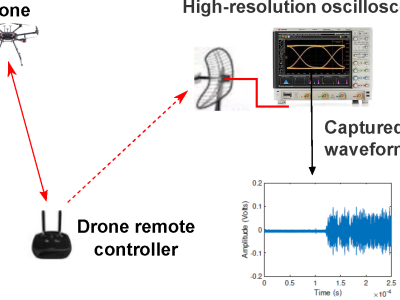
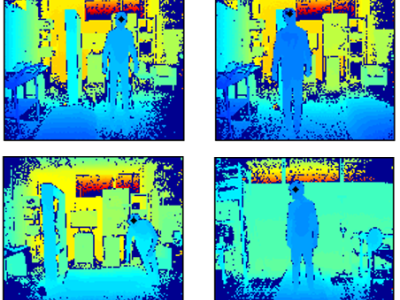

very nice.
Unable to access the dataset. Can you please provide it?
Thanks in advance.
Unable to access the dataset. Can you please provide it?
Thanks in advance.